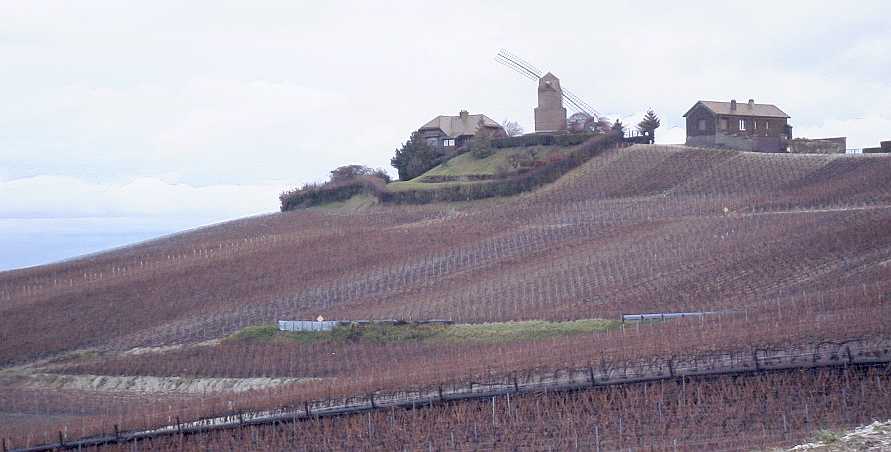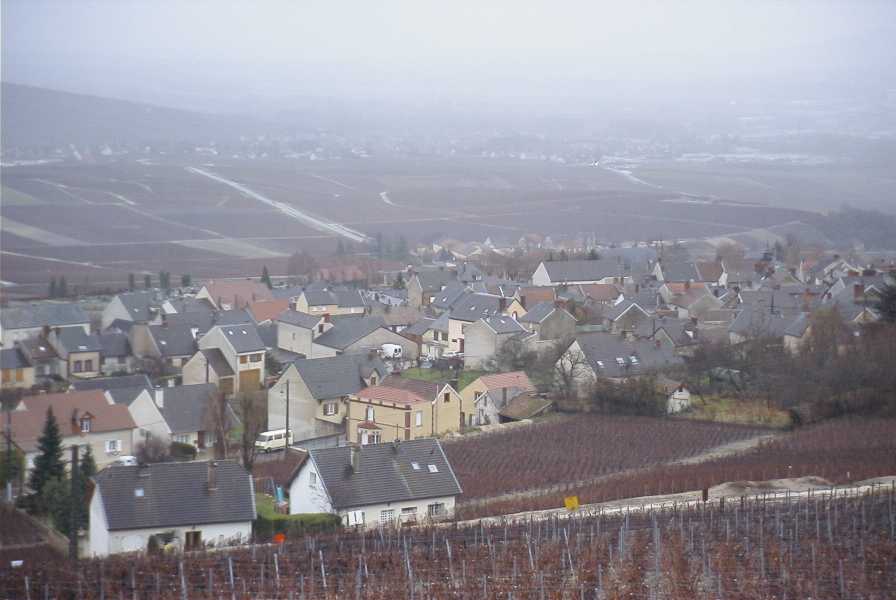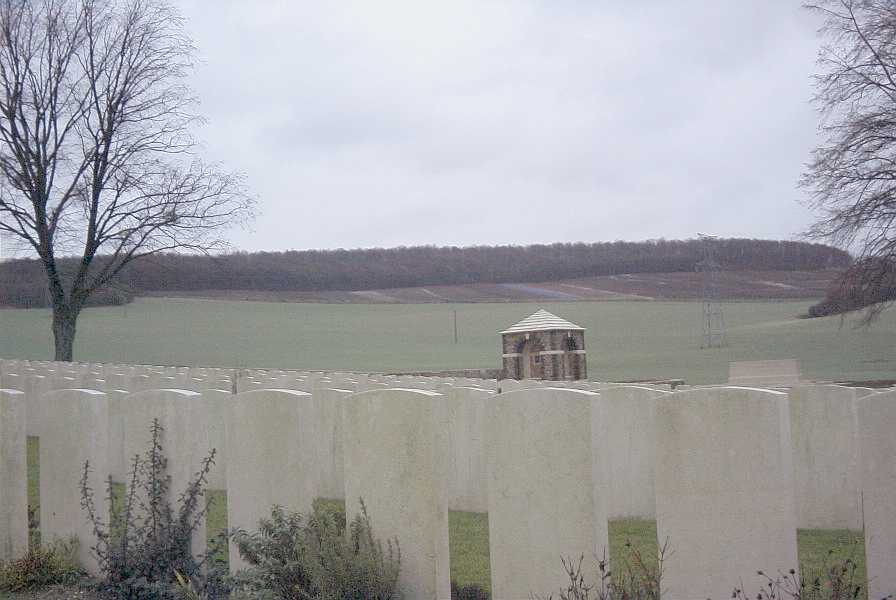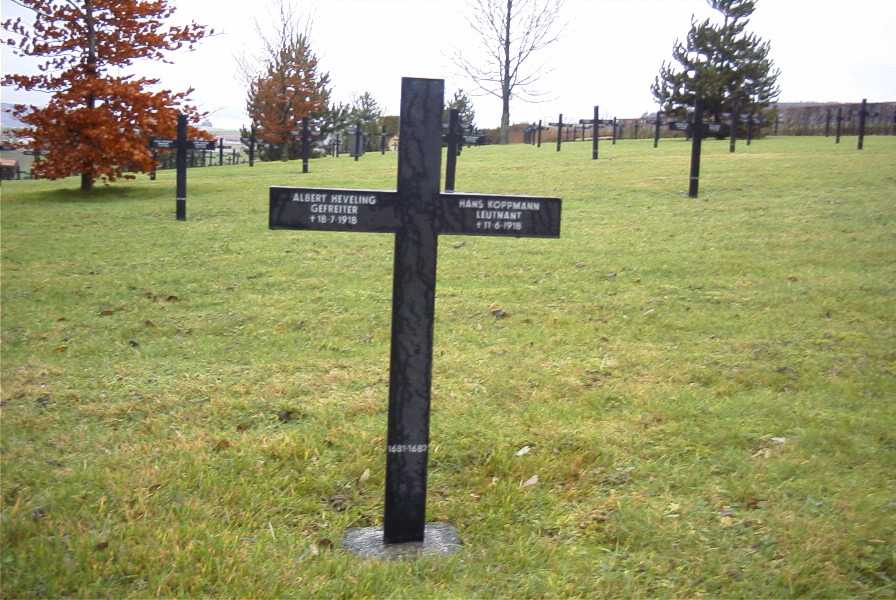

 |
We didn't pick the best month to see vegetation in either the city (Reims is a four flower city which means that it goes big time for flower displays) or the countryside. On the other hand, we had the road pretty much to ourselves as we drove through the natural forest and small villages around and through the Montagne de Reims, a pile of chalk left over from the dinosaur days. |
The wind woke us in our hotel room and it howled through breakfast. At that point the idea of spending a morning in a rental car driving through Champagne country seemed to make more sense than trudging through the rain between unseen museums. Throughout the day the sun and rain flip-flopped but generally we were able to work around it.
|
We ventured southeast directed by our Michelin guide. The roads threaded us through vineyards and forests. At top is one of the more scenic sights near the northeast edge of the Natural Park of the Mountain of Reims (Parc Naturel Regional de la Montagne de Reims). We're not sure what function the windmill serves now that the land typically no longer grows staple crops but it probably lets the vineyard charge more for its tours. The land in front of it is all vineyards. Not visible in the picture is Reims in the distance but we could see it as the sun shown through holes the wind was punching through the cloud cover: |
Here's another shot of a typical village in the area dabbed onto one of the hills with vineyards in front:

The village housing looks quite upscale as this area of France has the highest per capital income without the Paris prices. In the horizon, you can see some of the rain which chased us through the region.
We pretty much made the circuit, travelling clockwise through the area and stopping at the 6 o'clock position at Reims' sister city in the champagne trade: Epernay on the Marne river. Here we tried to get a cup of coffee at the local McDonalds (our first entry into the golden arches on this side of the Atlantic). But the lines were too long. (Did we really try to drink American coffee with our English beer in the land of the sparkling bubbly? Perhaps our visas should be revoked. Or maybe because of our Visa card, we are tolerated?)
Crossing back across the Marne, we passed through the tiny village of Hautvillers where Dom Pérignon first blended wines in the 17th century and invented the double fermentation process that gives us champagne.
Moving back northwestward at about 9 o'clock position we passed two adjacent cemeteries from WWI.
The British cemetery:

And immediately next to it, the German:

A survey of headstones showed that, like the Vietnam war that my generation is quite familiar with, the dead from this conflict were typically in the 19 to 22 year old range. When will they ever learn?
Our next (and last) page shows the "museum" where the Germans surrendered to end WWII. Please join us by clicking here.
Need background on the Champagne area? Start here:
Where do you want to go today? Here's a few choices:
